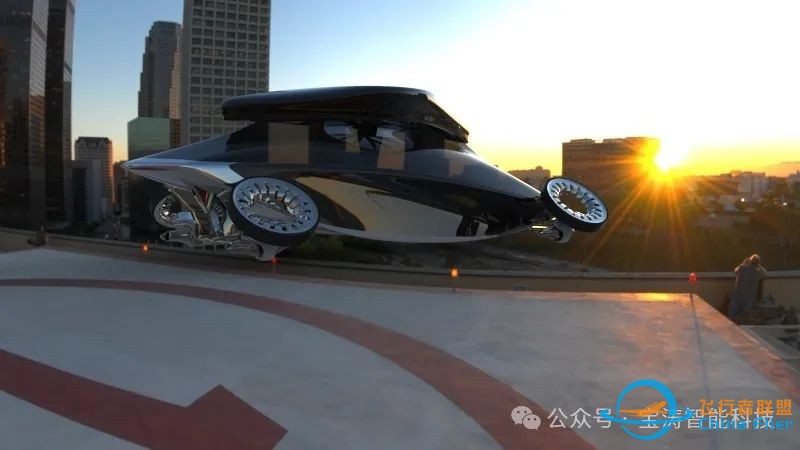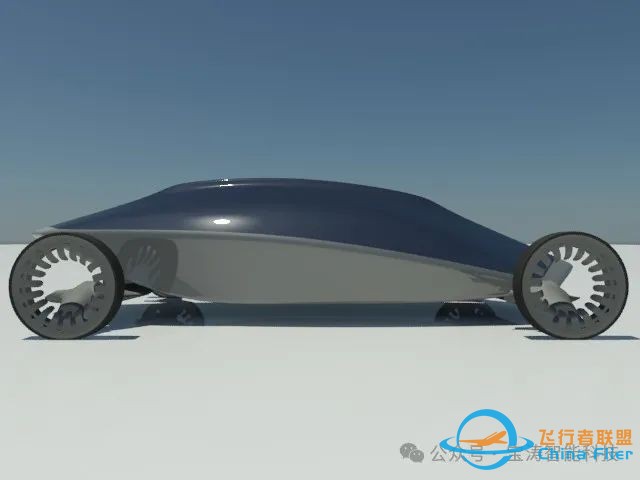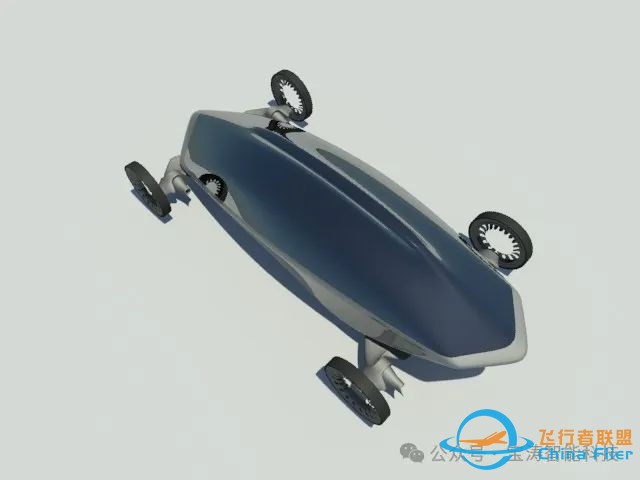|
|



飞行汽车(fēixíng qìchē),或者"飞车"代表一个未来的运输模式相结合的便利的一辆车有飞翔的能力。 虽然该概念已被钉是科幻小说,几十年来,它的实现是仍处于萌芽阶段,面临许多技术、监管和基础设施方面的挑战。
这里有一个破裂的关键方面:
类型和技术:
几个办法目前正在探讨:
eVTOL(电垂直起飞和着陆): 这是最流行的设计,利用多个转子或螺旋桨,对垂直升,类似于一架直升飞机,但往往与电力推进对安静和更清洁的运作。 这样的公司Joby航空、百,以及垂直的航空航天是着名玩家在这一领域。
混合型设计: 这些相结合的元素的传统的飞机设计(翅膀,固定的螺旋桨)与道路能力的底盘。 这种方法往往提供更长的范围,但需要跑道的或专门的登陆地区。
过渡设计: 这些车辆可以之间的过渡时驱动的模式和飞行模式、往往通过倾斜的转子或翅膀,展开。 这种类型的企图混合这两个世界最好的,但往往增加了复杂性。
挑战和障碍:
技术成熟: 电池技术、飞行控制系统,以及空中交通管理系统需要显着的进步,以确保安全可靠地运行。 重量和能量密度的电池都是重大的制约因素更长飞行时间。
监管框架: 缺乏一个清晰的管理框架会飞的汽车是一个重大的瓶颈。 融入现有的空气空间和空中交通管制系统提出了一项复杂的挑战。 安全标准和认证进程需要得到发展。
基础设施要求: 必要的基础设施充电站的着陆垫、空中交通管理系统—主要是不存在的。 建立这种基础设施将是一个巨大的任务。
费用: 目前,该技术是昂贵的,限制访问的一小部分的人口。 显着降低成本,都需要广泛的通过。
安全问题: 确保安全的飞的汽车是至关重要的。 发生事故的可能性、故障,空中碰撞的需要仔细地处理通过健全的安全系统和法规。
公众接受: 克服公众的忧虑有关安全和噪音水平的飞行汽车将是至关重要的广泛接受。
目前的状况:
虽然许多公司正在开发的原型并进行试飞,商业上可用的飞的汽车为一般公众使用仍年。 重点是目前正在展示可行性、精炼技术,并解决许多挑战。 当前阶段,涉及激烈的测试、监管机构的批准正在寻求,并逐渐改进的技术。
未来的展望:
长期前景会飞的汽车是不确定但持有的潜力。 成功将取决于克服技术、监管和基础设施方面的障碍。 最初的部署可能重点放在适当位置应用程序,如空出租车在城市环境中或专门货物运输之前,广大公众通过。 时间轴,用于广泛使用仍然是高度投机。

The term “飞行汽车” (fēixíng qìchē), which translates to “flying car,” represents a fascinating and ambitious goal in the transportation industry. It signifies a vehicle capable of both road and air travel, seamlessly transitioning between driving on roads and flying in the air. While still largely a concept under development, significant progress has been made, and several companies are actively pursuing this technology.
Here’s a breakdown of the key aspects:
Core Features and Technological Challenges:
Vertical Take-Off and Landing (VTOL): This is a fundamental requirement for flying cars, particularly for urban applications. It eliminates the need for traditional runways and allows for efficient operation in dense city environments. The development of reliable and efficient VTOL systems presents a significant engineering challenge.
Hybrid or Electric Propulsion: Most designs incorporate hybrid propulsion systems, combining electric motors for road travel with other power sources (gasoline engines or turbines) for flight. All-electric options are also being explored, but advancements in battery technology are crucial to extend flight range and duration.
Lightweight Materials: To achieve efficient flight, flying cars must be exceptionally lightweight. This necessitates the use of advanced lightweight materials like carbon fiber composites, requiring both innovative materials science and efficient manufacturing processes.
Flight Control Systems: Sophisticated and robust flight control systems are essential for ensuring safe and stable flight. These systems must be reliable and capable of handling various flight conditions.
Autonomous Flight Capabilities: Many developers are aiming for autonomous flight capabilities, which would potentially improve safety and efficiency. However, this raises significant ethical and safety considerations that require careful attention.
Air Traffic Management Integration: The integration of flying cars into existing air traffic management systems is a crucial challenge. New regulations and technologies are needed to ensure safe and efficient operation alongside traditional aircraft.
Safety and Certification: Rigorous safety standards and certification processes are essential for public acceptance. Redundant systems, advanced safety features, and comprehensive testing are crucial.
Infrastructure: The development of appropriate infrastructure, such as charging stations, landing pads, and maintenance facilities, is necessary for widespread adoption.
Current State of Development:
Several companies are actively involved in the development of flying cars, including established aerospace companies like Airbus and Boeing, as well as newer startups focused specifically on air mobility. While fully functional and commercially available flying cars are not yet widely available, significant progress continues to be made in various aspects of the technology.
Overall:
The development of “飞行汽车” (flying cars) represents a complex technological challenge with considerable potential to revolutionize transportation. While widespread adoption remains some years away, the ongoing innovations and investments signal a promising future for this ambitious concept. However, safety, regulations, infrastructure, and cost remain significant hurdles to overcome.
|
|